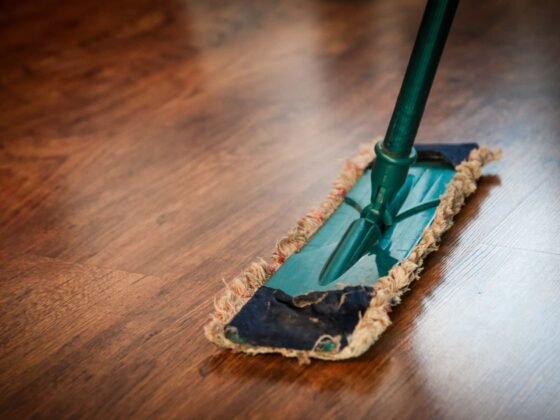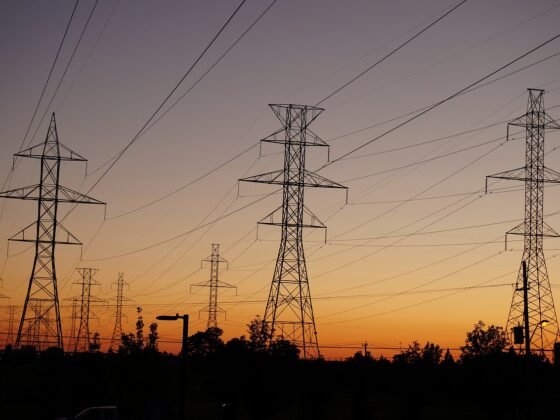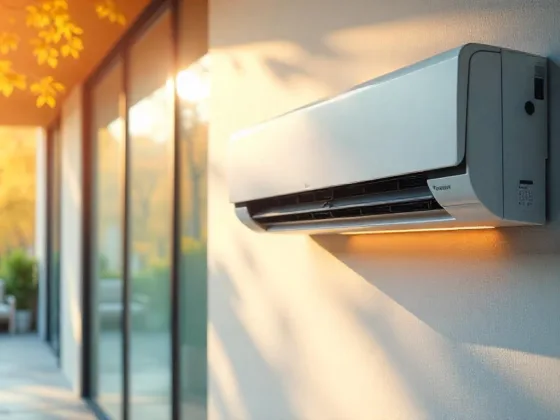Shower grates (also known as shower channels, linear surface grates, or floor drains) are now a common feature of most modern bathrooms, but they must be mounted properly.
When constructed correctly their clear clean lines and compact nature make them popular. Clients have sent in countless pictures of their completed bathrooms to display off their shower grate from Eindustrial Engineering Australia and they all look fantastic! (no pun intended).

What’s more, a linear shower channel can be much easier to mount than a conventional center floor waste.
What is the reason for this? A center floor landfill, on the other hand, necessitates fall from all four sides, which can be difficult and time-consuming for the tiler, who must slant the tiles and make multiple cuts to channel groundwater from all points into the landfill.
Shower grates, on the other hand, are dead straight, requiring only a linear slant from one point to the grate’s straight edge if placed correctly.
Inquire with a tiler how many times they can gain by installing a simple linear slope in the shower instead of floor slopes to a central waste.
How to Properly Install a Shower Grate
So, how do you mount the bathroom floor drains? The new method, as defined in the most recent. Before installing the grate plate on the upper edge of the layer over your plumbed sewer, an approved water-proofing professional must make the bathroom fully water-resistant.
After that, the bedding is developed around the grate plate, and the tiled floor is added all the way up to the tray bottom.
Many households are unaware that water seeps under tiles by grout and screed, just like a gradual seepage. As a result, it must be able to pass through the membrane and through the plumbed sewer.
The shower grate exit and tray should leave enough space around the plumbed drainage and plate exit, as seen in the illustration, for this sub-surface water to exit.
Read Also:
Installing Shower Channels: Common Mistakes
Some installers make the mistake of sealing or tightening the tray exit into the plumbed drain. Since the membrane is waterproof and the drain is covered in this case, the subsurface water cannot exit, and your bathroom will smell moist and your tiles will finally pop.
Other technicians try to place the stainless-steel tray under the membrane and make it the departure point for all water in the toilet – first, since steel contracts and expands at various speeds than the material resulting, the membrane has a fair probability of breaking where it enters the steel, and second, the sub-surface water still cannot leave.
As a result, only shower grates built to sit above the water resistance can be used. They essentially serve as a ground pipe, guiding groundwater to the drain exit, and they must not be permitted to obstruct the drainage system’s ability to drain sub-tile moisture.
If you follow the basic instructions in the diagrams, you’ll have a fully functioning shower grate and a beautiful shower (with no tiles showing up in 5 years!).
Conclusion
Shower grates have the advantage of being able to be placed against a wall, in the middle of a shower, at the shower’s entrance, or anywhere else that fits your needs. Visit the website for more knowledge and motivation.









